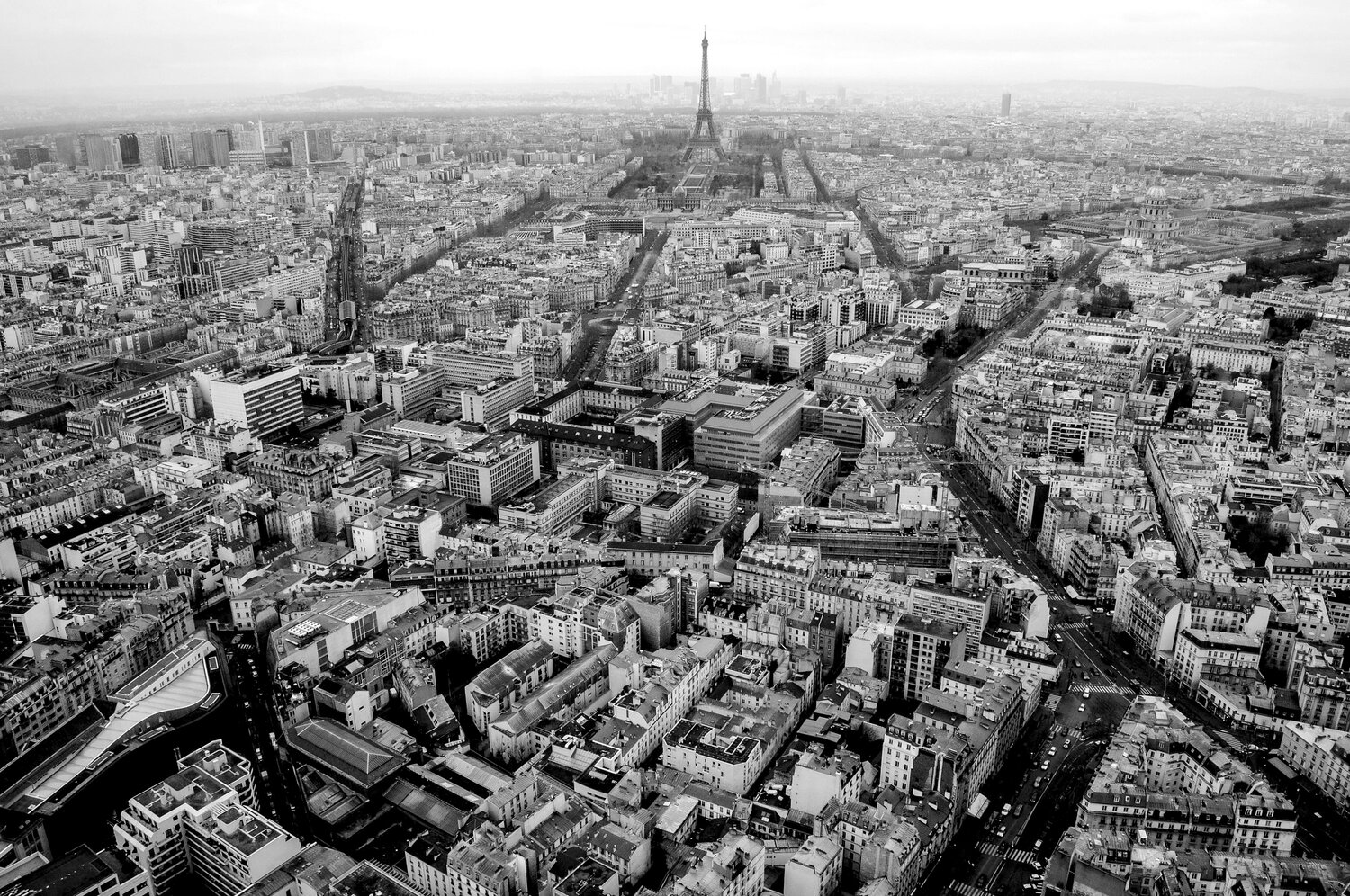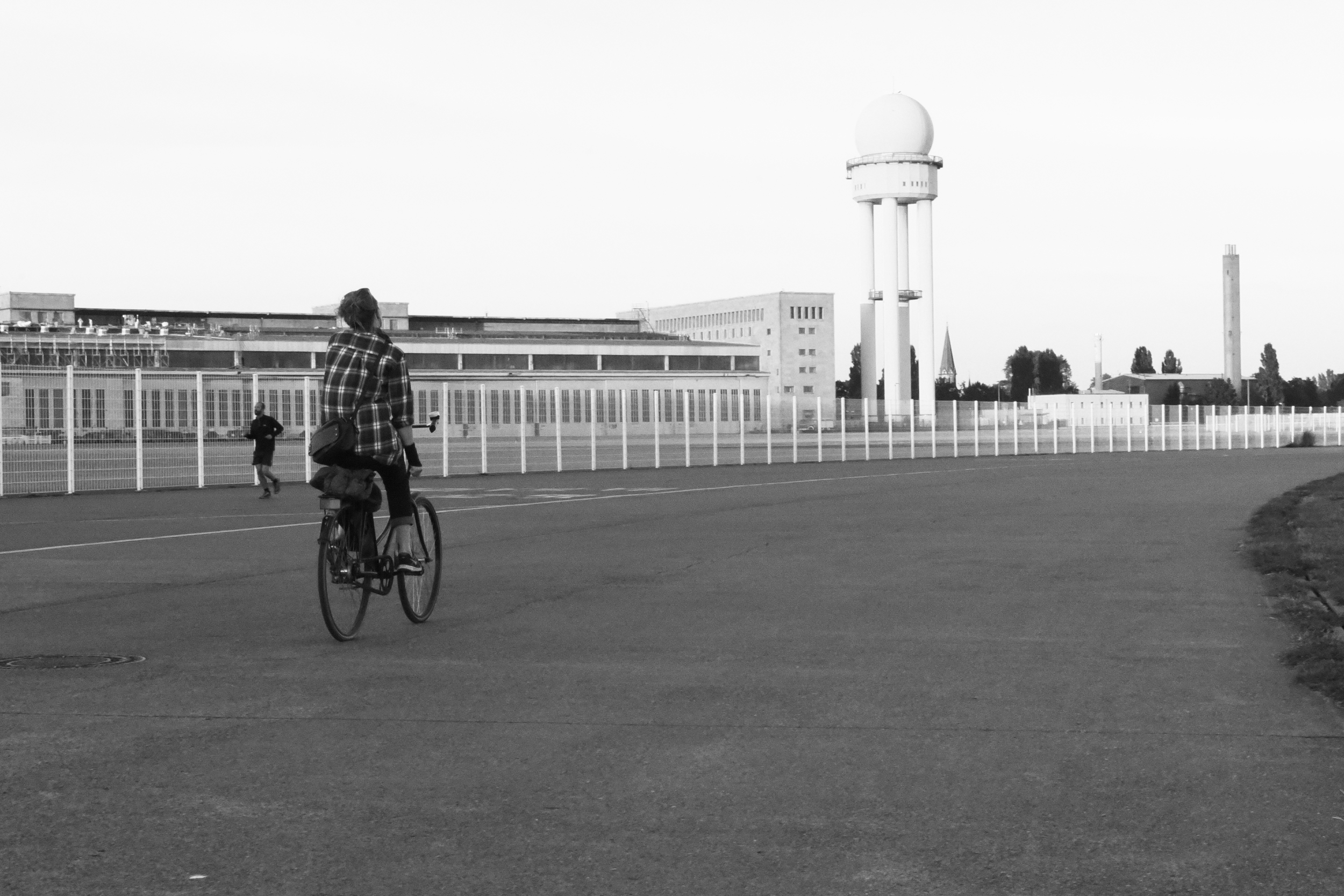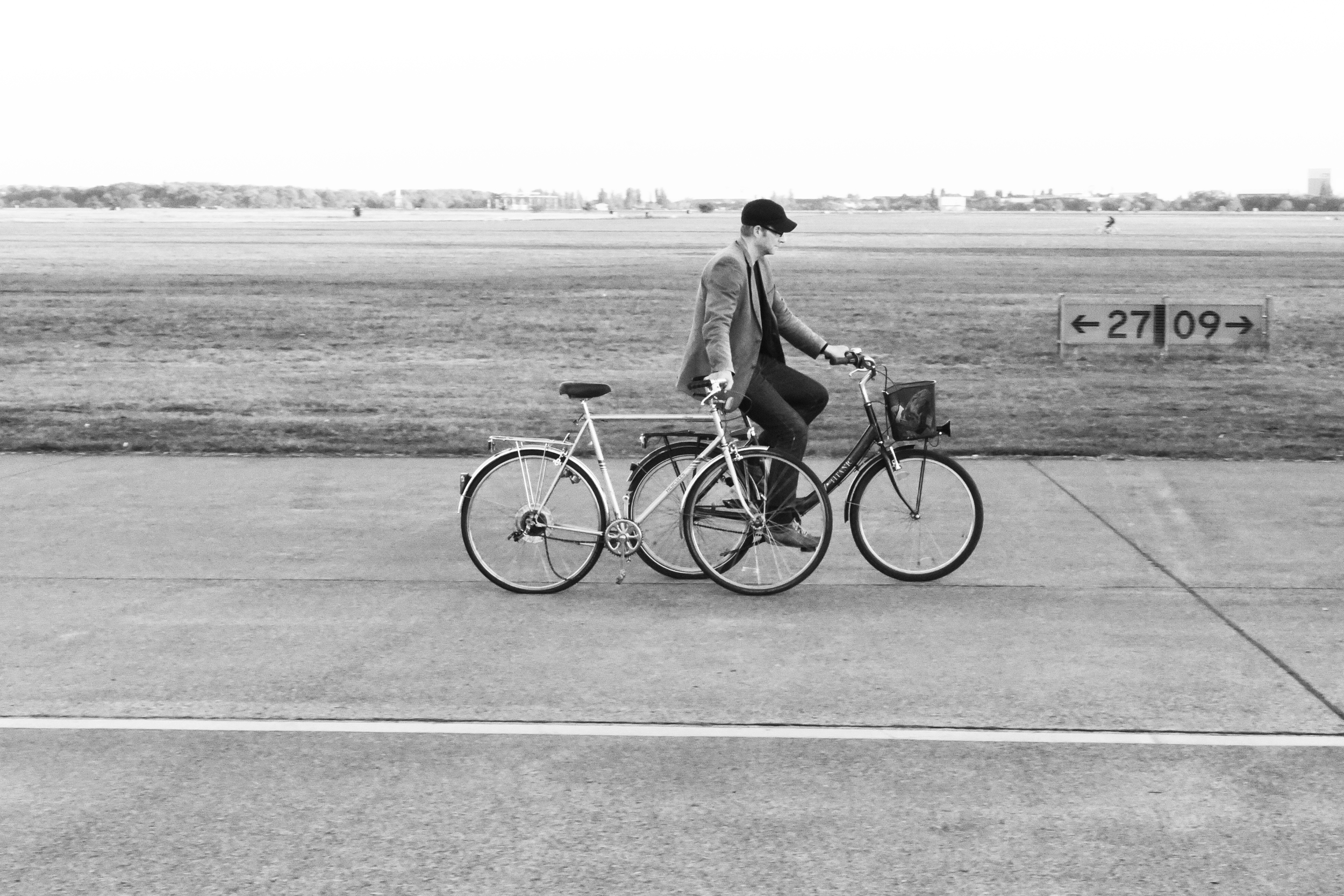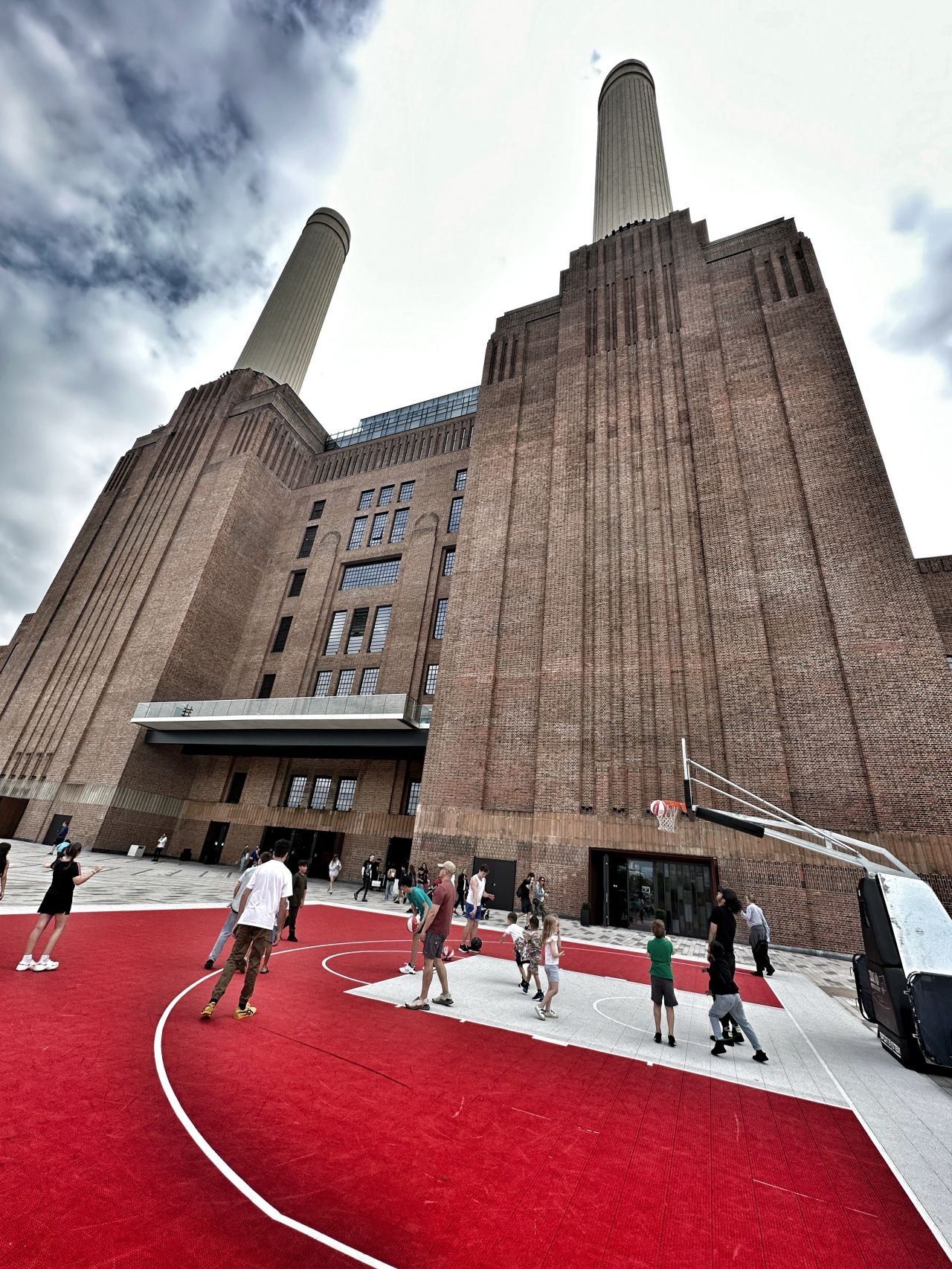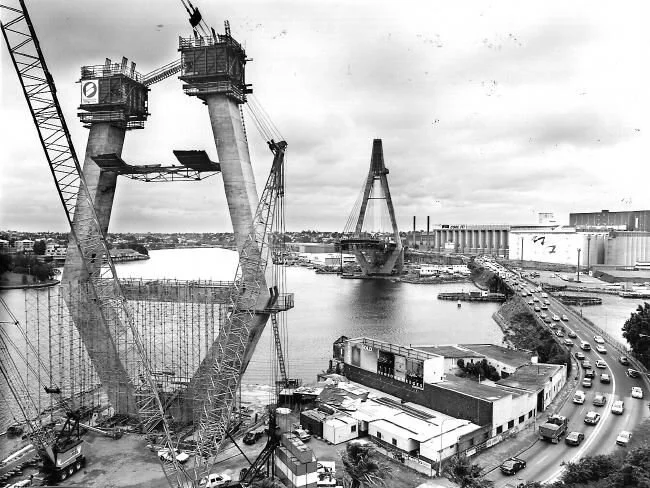A couple of weeks ago I took off to Berlin to explore the city. A few friends suggested we head out to 'Templehof' one afternoon. I had absolutely no idea what they were talking about.
Walking from the amazing Kreuzberg (and getting lost in a cemetery along the way), I decided to finally ask the question, "Ahhh guys, what is Templehof, anyway!?" The response wasn't really what I was expecting. The answer I got was simply "abandoned airport".
Having checked out quite a few cities, I've been managed to see some pretty interesting places: Africa's largest slum, a huge urban reservoir in the south of Spain, and to the top of the world's tallest building. I never thought however, that I would be standing in the middle of Berlin in a derelict Nazi-Germany airport, comprising what still is today, one of the world's largest buildings.
Laying in the grass, soaking up the last of the Autumn sunshine, I decided I'd do a bit of googling about the place that surrounded me. The more I dug, the more I found it difficult to believe where I actually was.
Built in 1927 this place was for a long time one the world's busiest airports - often referred to as the gateway to Europe. Designed by the Nazi government to resemble an eagle in flight from above, the airport is still considered by one of the world's most renowned architects "one of the greatest buildings of the modern age".
As I looked towards the main building I could see an old US troops carrier with stars embedded on its side. The plane looked more like something out of a 1950s Hollywood film then something that belonged in the deepest depths of Germany. Well, there's a reason why it was sitting there. Directly on the divide between the east and the west, Templehof was the epicentre of a global political divide. At the end of the World War II and into the Cold War, Templehof became the key air base for US forces in Europe.
As I heard bellowing electronic music begin to bellow from one of the hangars, how was it then that a place of such historical significance was now a place for parties, beers, sports and generally mulling about?
In typical Berlin-style, what could have become a derelict old airport was slowly opened to the public. By 2010 the government decided that instead of redeveloping the land for prime real estate, it would be opened as a massive public park. Then, in September 2015, it was decided that it would also be used to temporarily house Syrian refugees.
What the government and voters have decided to forego in short-term financial gain, has built a long-term asset which not only gives the local community and tourists an amazing place to hang out, but helps to build Berlin's brand as an incredibly liberal, unique and creative global city.
Berlin is a city which has been tormented by an incredibly dark past. This history hasn't been erased. Instead, it's been recaptured and re-invented to develop itself as one of the most forward-thinking cities in the world. Seriously, if you're in Berlin, take a stroll to this strange and wonderful place - it's worth it.
